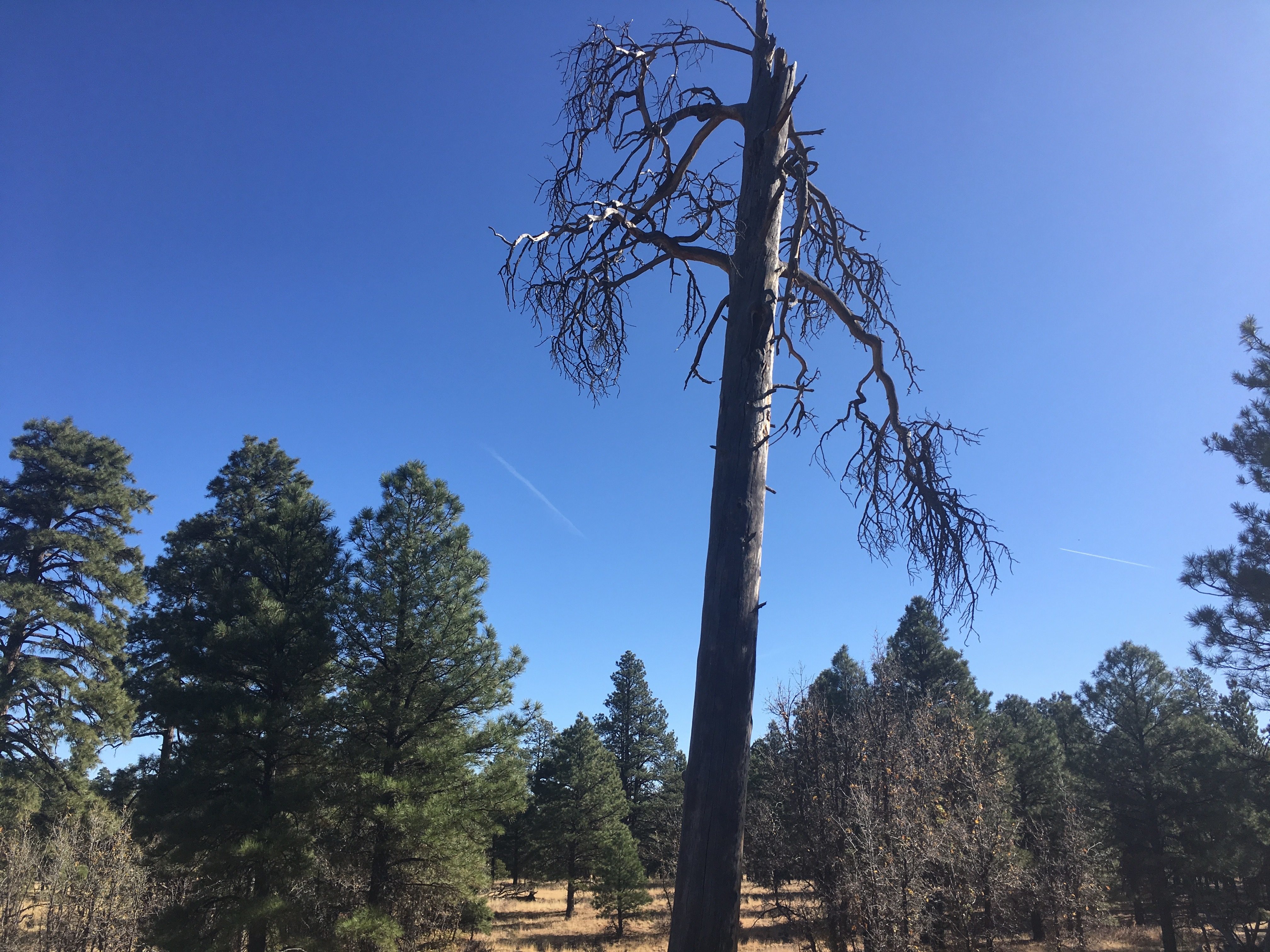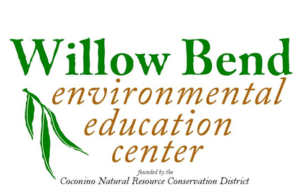
Today was the conclusion of Willow Bend’s free guided tours of Picture Canyon Natural and Cultural Preserve for 2017. Willow Bend offers monthly tours of Picture Canyon from May through October, each with various themes like archaeology or birding. These tours are made possible by our partnership with the City of Flagstaff Open Space Program. In fact, exactly five years ago, the City of Flagstaff purchased Picture Canyon, helping to restore and preserve it so that all citizens can now enjoy the space for generations to come! In addition to leading these monthly community tours, Willow Bend takes all 3rd grade students on field trips to Picture Canyon! At Picture Canyon, students get the chance to experience one of Flagstaff’s most significant cultural and historic landmarks, view the city’s only waterfall, and learn about Northern Sinagua petroglyphs. Hopefully, many of these students may very well be the environmental stewards of tomorrow, ensuring that future generations will also be able to experience and appreciate this remarkable and beautiful place.

It was a brisk and sunny autumn morning, and tour participants met at the Picture Canyon trailhead; today’s tour covered community history including the restoration and protection of this area. Tourgoers were fortunate enough to have archaeologist Peter Pilles in attendance, who gave an informative talk on rock-art, including the different ways in which these images are interpreted by different groups, as well as the techniques that were used to create petroglyphs. Pilles explained how archaeologists determine the rough age of the glyphs. After being etched out of the rock, petroglyphs’ color will begin to fade over time due to factors like sunlight, water and lichen. By comparing the color or patina of the glyphs to the rock and other glyphs around them, archaeologists can reason approximately when the petroglyphs were created. After all, “archaeologists will date any ol’ thing!” Pilles joked.

Picture Canyon tourgoers were also lucky to have geologist Marie Jackson in attendance, who taught them about the sedimentary and volcanic rocks that crop out along the Rio de Flag. The ancient lava flow which flowed through what is now Picture Canyon before cooling into rock, Jackson explained, now sits atop of a small fault line which runs along the Rio de Flag through Picture Canyon. This fault line, not previously identified on geological maps of the area, is what leads today to the deep-sided walls of Picture Canyon’s volcanic rock; the same rock which ancient native peoples used to etch the petroglyphs after which Picture Canyon is named.
For a handful on the tour, it was their first time visiting Picture Canyon, but many such as Members of the Picture Canyon Working Group were also present to share stories and pictures. Many return again and again to Picture Canyon not only to learn, but also to enjoy its beauty and peacefulness. Thanks go to all of the volunteer efforts which have taken place to help restore Picture Canyon to its present state today, to the community for making the preservation of Picture Canyon possible, and to all those who attended Willow Bend’s tours this year. More to come in 2018!
Can you spot the petroglyphs in this photograph (taken by the waterfall)?

This tree on the trail is a woodpecker favorite.


Pingback: 11/1/2017 – October Highlights at Willow Bend – Willow Bend Environmental Education Center, Flagstaff, AZ